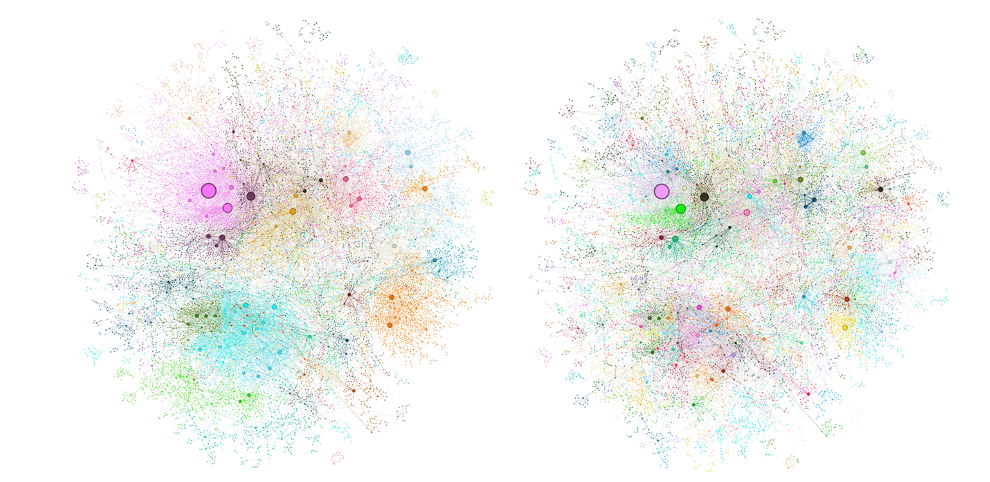Physical Address
304 North Cardinal St.
Dorchester Center, MA 02124
Physical Address
304 North Cardinal St.
Dorchester Center, MA 02124


In a groundbreaking move, Microsoft has introduced GraphRAG, a revolutionary graph-based approach to retrieval-augmented generation (RAG) that significantly enhances data discovery and question-answering capabilities over private or previously unseen datasets. This innovative tool, now available on GitHub, promises to transform how we interact with and extract information from vast collections of text documents.
GraphRAG is designed to offer a more structured and comprehensive information retrieval system compared to traditional RAG methods. It employs a large language model (LLM) to automate the extraction of a knowledge graph from any collection of text documents. This knowledge graph serves as a sophisticated data index, capable of reporting on the semantic structure of the data before any user queries are made.
Structured Information Retrieval: GraphRAG provides a more organized approach to data retrieval, ensuring that the information extracted is both relevant and comprehensive.
Community Summaries: The tool detects communities of densely connected nodes in a hierarchical fashion, summarizing entities and their relationships within each community. This offers an overview of a dataset without needing to know specific questions in advance.
Global Question-Answering: GraphRAG excels in answering global questions that address the entire dataset, a task where traditional RAG approaches often fall short.
Map-Reduce Approach: By using a map-reduce method, GraphRAG groups community reports up to the LLM context window size, maps the question across each group to create community answers, and reduces these into a final global answer.
Efficiency and Cost-Effectiveness: Comparative studies using GPT-4 have shown that GraphRAG outperforms naive RAG in both comprehensiveness and diversity, with a 70-80% win rate. It also performs better than hierarchical source-text summarization at lower token costs.
GraphRAG automates the extraction of a knowledge graph from text documents, creating a graph-based data index. This index can report on the semantic structure of the data prior to user queries by detecting communities of densely connected nodes in a hierarchical fashion. Each community summary describes its entities and their relationships, offering an overview of a dataset without needing to know specific questions in advance.
In recent evaluations, GraphRAG demonstrated its ability to answer global questions that address the entire dataset, a task where naive RAG approaches often fail. By considering all input texts, GraphRAG’s community summaries provide more comprehensive and diverse answers.
GraphRAG’s potential applications extend to various fields requiring deep data insights. By making both GraphRAG and its solution accelerator publicly available, Microsoft aims to make graph-based RAG approaches accessible for users needing to understand data at a global level.
With the release of GraphRAG, Microsoft is paving the way for a new era in data discovery and information retrieval. By leveraging advanced graph-based approaches and large language models, GraphRAG promises to deliver more structured, comprehensive, and cost-effective solutions for answering complex questions over large datasets.
As GraphRAG and its solution accelerator become publicly available, users across various industries can now harness the power of graph-based RAG approaches to gain deeper insights from their data. Whether you’re in healthcare, finance, education, or cybersecurity, GraphRAG offers a powerful tool to enhance your data discovery and analysis capabilities.
For more information and to access GraphRAG, visit the GitHub repository and start exploring the future of data discovery today.
Microsoft’s GraphRAG is a significant advancement in the field of data discovery and information retrieval. By offering a more structured and comprehensive approach to answering complex questions over large datasets, GraphRAG is set to revolutionize how we interact with and extract information from text documents. With its potential applications spanning various industries, GraphRAG is a valuable tool for anyone looking to gain deeper insights from their data.